Customer Hot Line:
+86 15622179651During its evolution, the engine injector has moved from the intake manifold to the combustion chamber. This has made them more precise in dispensing fuel. If this precision is thrown off by restrictions, electrical problems or gas problems, it can cause driveability issues. Here are 10 signs to look for when you need to replace a engine injector or it needs service.
A restriction of only 8% to 10% in a single engine injector can lean out the fuel mixture and cause a misfire. When this occurs, unburned oxygen enters the exhaust and makes the O2 sensor read lean. On older multiport systems that fire the injectors simultaneously, the computer compensates by increasing the “on” time of all the injectors, which can create an overly rich energy condition in the other cylinders.
Direct engine injectors are more sensitive to restrictions because of the precise amount of gasoline they inject into the combustion chamber.
In turbocharged engines, dirty injectors can have a dangerous leaning effect that may lead to engine-damaging detonation. When the engine is usually under boost and at a higher rpm, it needs all the fuel the injectors can deliver. If the injectors are filthy and can’t keep up with the engine’s demands, the fuel mixture will lean out, causing detonation to occur. The leaning out may cause higher than normal exhaust temperatures and turbo failure.
When the engine is shut off, the injectors undergo heat soak. Fuel residue evaporates in the injector nozzles, leaving the waxy olefins behind. Because the engine is definitely off, there is no cooling airflow moving through the ports and no gas flowing through the injectors to wash it away, so heat bakes the olefins into hard varnish deposits. Over time, these deposits can build up and clog the injectors. Even if a vehicle has low mileage, short drive cycles and increased warmth soaks can clog the injector.
Since the formation of these deposits is a normal consequence of engine operation, detergents are added to gasoline to help keep the injectors clean. But if a car is used primarily for short-trip driving, the deposits may build-up faster than the detergents can wash them away. On four-cylinder engines, the No. 2 and No. 3 injectors are in the hottest location and tend to clog up faster compared to the end injectors on cylinders No. 1 no. 4. The same applies to the injectors in the middle cylinders in six- and eight-cylinder engines. The hotter the location, the more vulnerable the injector can be to clogging from temperature soaks. Throttle body injectors are less vulnerable to heat soak due to their location high above the intake manifold plenum.
Heat soak can affect direct-injection injectors due to their placement in the head. Even with the higher pressures, the orifices can become clogged over time.
The fuel calibration curves in the Powertrain Control Module (PCM) are based on OEM dyno testing using a new engine. Energy pressure is within a specified range for that engine, and the injectors are all clean and new. The PCM’s built-in adaptive energy control strategies allow it to adjust both short-term and long-term gasoline trim to compensate for variances in fuel pressure and gas delivery to maintain the correct air/energy ratio - but just within certain limits.
The PCM may not be able to increase injector duration enough to offset the difference if:
An injector becomes clogged with gasoline varnish deposits and fails to deliver its normal dose of fuel when it’s energized, or
Gasoline pressure to the injector drops below specifications because of a weak gas pump, plugged energy filter or leaky gasoline pressure regulator.
This can leave the air/fuel mixture too lean, leading to the cylinder to misfire.
The solenoid at the top of the injector creates a magnetic field that pulls up the injector pintle when the injector is energized. The magnetic field must be strong enough to overcome the spring pressure and fuel pressure above the pintle, otherwise the injector might not open all the way. Shorts, opens or excessive resistance in the injector solenoid can also cause problems.
Typically, the solenoids often brief internally when injectors fail, which causes a drop in resistance. If the specification calls for 3 ohms, for example, and an injector measures only 1 1 ohm, it will pull more current than the other injectors. Too much current flow to an injector could cause the PCM injector driver circuit to shut down, killing any additional injectors that also share that same driver circuit. One way to check the injectors is with an ohmmeter.
An injector leak will cause the rail to lose pressure while the vehicle is sitting resulting in a longer than normal crank because the rail will require extra time to pressurize.
A normal crank time in a diesel common-rail injection system is usually around three to five seconds. This is how long it will take the common-rail pump to build gas pressure to the “threshold.” The energy rail pressure threshold for cranking happens around 5,000 psi. Normal common-rail systems will operate at 5,000 psi at idle and can reach up to 30,000 psi at wide open throttle.
If you suspect that an injector is clogged or malfunctioning, an injector balance test can isolate the bad injector. Scan tools that can disable injectors can isolate an injector for diagnostics. Engine rpm drop may not be an effective diagnostic method when performing a cylinder balance test where an injector is certainly disabled.
A more effective method is looking at the voltage changes from the O2 sensor. Leaking injectors and some dead injectors can be missed even when an injector is disabled. Other problems with the ignition program and mechanical components also may not show an rpm loss when an injector is usually turned off. If an injector is definitely good, the voltage from the O2 sensor will drop to or below 100mV. If the problem is a closed or dead injector, the long-term gasoline trim may have compensated enough so that the voltage doesn’t change.
Another effective test can be to measure the pressure reduction in the fuel rail when each injector is certainly fired and pulses for a set period of time. Use an electronic injector pulse tester for this. As each injector is energized, a gas pressure gauge is observed to monitor the drop in energy pressure. The electrical connectors to the various other injectors are removed, isolating the injector being tested. The difference between the maximum and minimum reading is the pressure drop.
Ideally, each injector should drop the same amount when opened. A variation of 1 1.5 to 2 psi or more is cause for concern. No pressure drop, or a very low pressure drop, is usually a sign the orifice or tip is restricted. A higher than regular pressure drop indicates a rich condition that could be caused by a stuck plunger or worn pintle.
A lean misfire may trigger a misfire code and turn on the examine engine light. The code frequently will be a P0300 random misfire code, or you may find one or more misfire codes for individual cylinders, depending on which injectors are most affected.
Major symptoms of contaminated gasoline can include cranking no-start, hard starting, stalling, loss of power and poor fuel economy. Because symptoms of gas contamination generally appear immediately after refueling, the energy gauge needle pegged on full should always be a diagnostic red flag. Remember to ask if the vehicle has recently been refueled because some drivers just add fuel rather than topping off their tanks.
If an owner has neglected maintenance services like oil changes and filter replacements, chances are the engine injectors will suffer. For port gasoline applications, not changing the oil can result in blowby and a compromised PCV system, which builds up contaminates on the tip of the injector. Not changing the oil in an engine with direct fuel injection can lead to a worn fuel pump camshaft lobe.
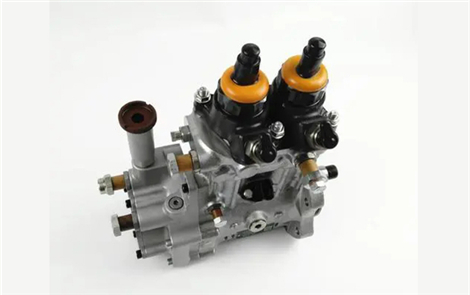
Release time:2019-07-15 Text source:Guangzhou Ruixiao Trading Co.,
What is a Common fuel pump? The Common fuel pump is known as the heart of the diesel engine. Is the most important component of the diesel fuel supply system Is to provide high pressure diesel fuel injectors regularly and quantitatively. Wh...
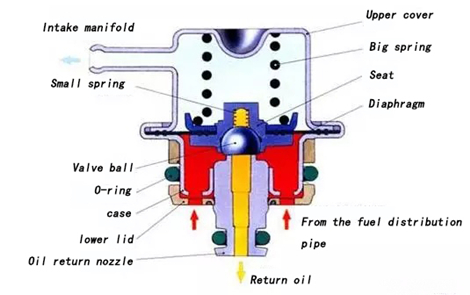
Release time:2019-03-04 Text source:Guangzhou Ruixiao Trading Co.,
I have recently seen many friends asking me about engine jitter and poor acceleration, and some even dont know how to check fuel pressure. Today, we will tell you about the fuel system, how to measure the oil pressure, and some troubles tha...
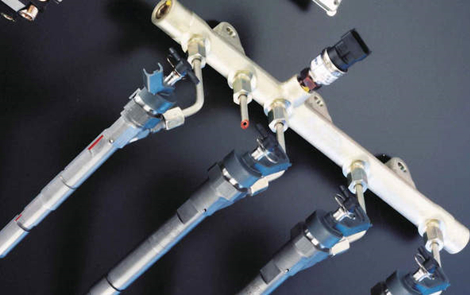
Release time:2018-10-03 Text source:Guangzhou Ruixiao Trading Co.,
Mechanical fuel pump Diagnostics Using Scan Tools Most common Mechanical fuel pump diagnostic procedures in the past could be performed with a pressure gauge and a volt meter. the most important tool is the scan tool. On early import vehicl...
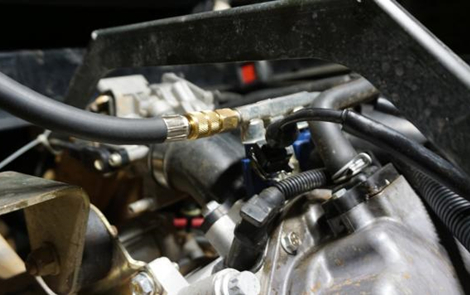
Release time:2018-09-30 Text source:Guangzhou Ruixiao Trading Co.,
How to Replace the Injection Pump in a Gas Tank If your gas tank is full but your engine isnt getting any gas, you may need to substitute the injection pump. However, first make sure the problem isnt a broken gas line, clogged filter or an...
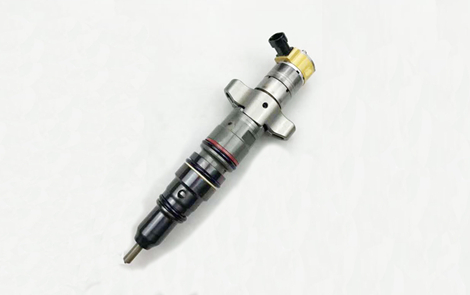
Release time:2018-09-17 Text source:Guangzhou Ruixiao Trading Co.,
How to Buy a High performance fuel injectors The high performance fuel injector, injects fuel into the engine at the right time to ensure optimal efficiency. Older automobiles had carburetors that mixed the air and fuel before delivering it...